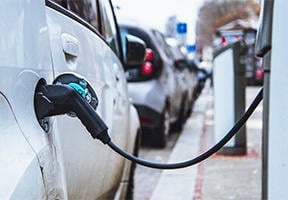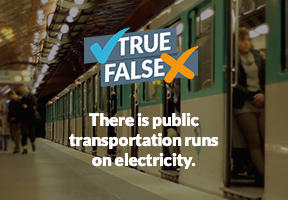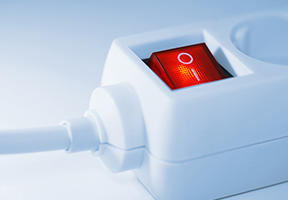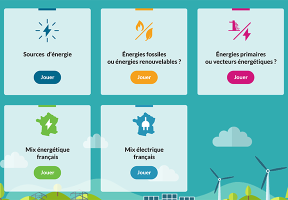How Do Segways, Hoverboards and Other Self-Balancing Personal Transporters Work?
5 min read
A self-balancing personal transporter is a single-person electric vehicle comprising a one- or two-wheeled platform on which the rider stands. Unlike other vehicles, it uses a self-balancing gyroscopic system for steering, changing directions depending on which way the rider leans. This new and increasingly popular means of urban mobility operates using digital sensors and one or two electric motors.

© Josep LAGO / AFP
Two Main Types
Two main types of self-balancing personal transporters have emerged.
Hoverboards
Hoverboards are characterized by a platform between two parallel wheels. Some models also have a handlebar, which varies in length, to assist balance and steering. This featured on the first hoverboard, which appeared in the United States in 2001 and was named Segway by its inventor, Dean Kamen, an engineer. Segway is now a widely known brand. Other smaller-sized models come without handlebars.
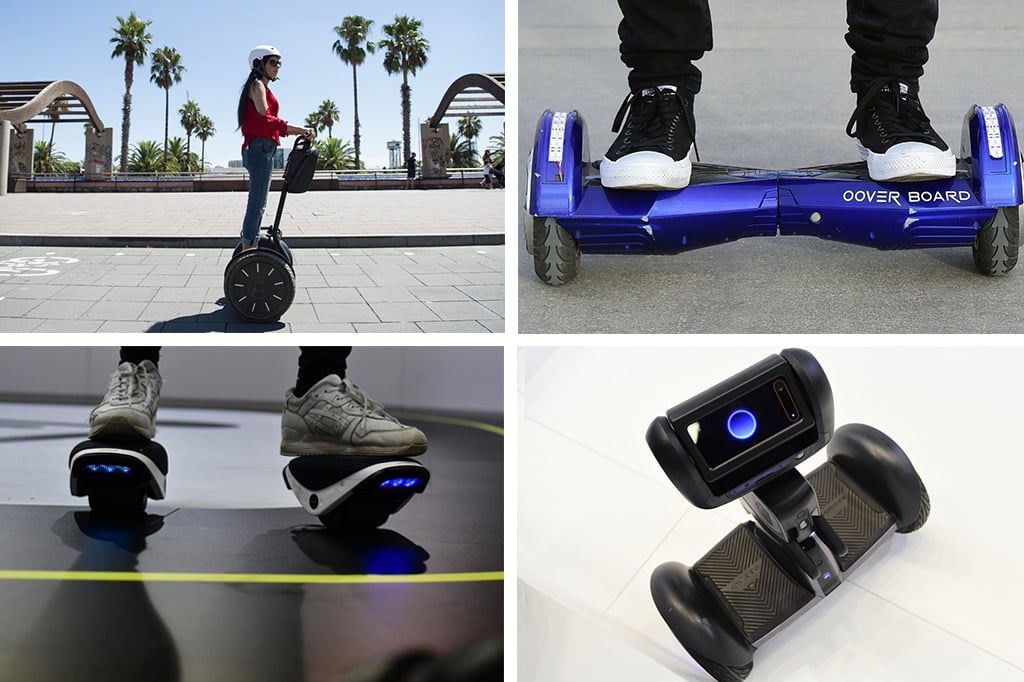
Above, from left to right: Hoverboard with handlebar (Segway) Josep LAGO / AFP; Hoverboard without handlebar Frederic J. BROW / AFP
Under, from left to right: One-wheel skates (Segway); Semi-autonomous hoverboard (Loomo-Segway-Ninebot) Tobias SCHWARTZ / AFP
One-Wheel Sccoters
As their name suggests, one-wheel scooters have a single central wheel with a footplate on each side for the rider to stand on. The wheel can also be inserted into the middle of a skateboard.
While two-wheel electric kick scooters and skateboards are classified as personal transporters, they do not use gyroscopic technology; nor, of course, do electric scooters and bicycles.
With the rapid development in automation, some advanced self-balancing personal transporters have become “semi-autonomous”, capable of detecting obstacles and driving themselves.
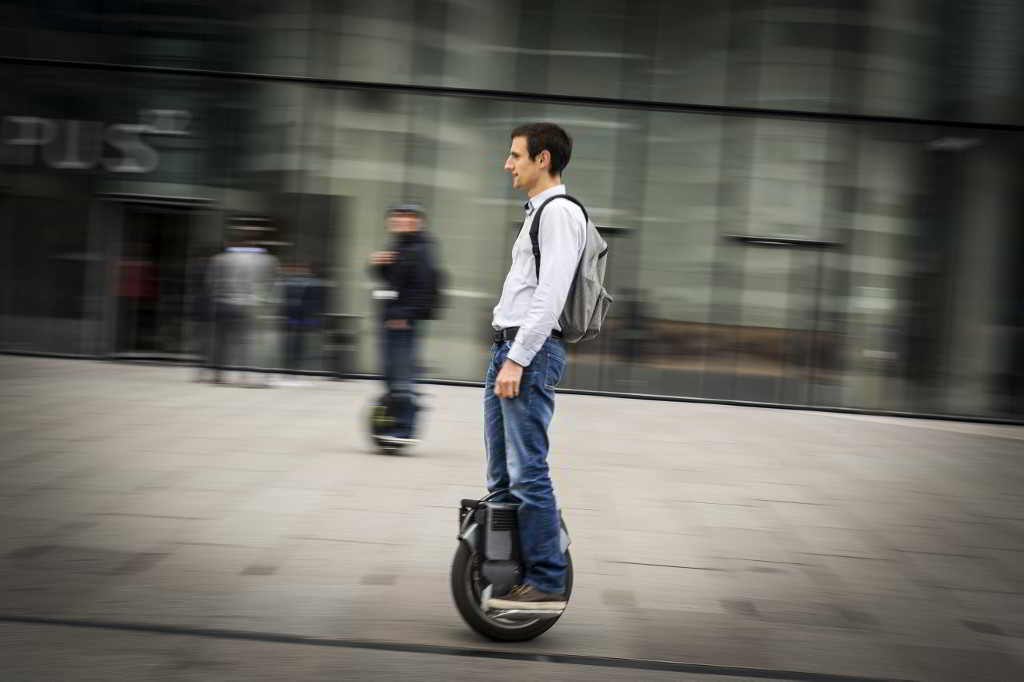
One-wheel scooter / Lionel BONAVENTURE / AFP
Components and How They Work
Electric Motor
Each wheel has an electric motor with a 700 to 1,500 capacity, equivalent to a large home appliance. The motors, which provide propulsion, are powered by a battery located in the central board. Operating ranges for personal transporters depend on the model and the battery’s discharge time.
Digital Sensors
Miniature sensors record the wheels’ speed and inclination, then communicate this information to the personal transporter’s principal component – the gyroscope.
Gyroscope
Invented in the 19th century by Léon Foucault, the gyroscope is a type of spinning top whose axis maintains the same direction, regardless of the orientation of the outer frame.
It was first used for aviation and space technology, but has now been scaled down to operate in numerous devices, particularly mobile phones for geolocation purposes. For hoverboards and one-wheel scooters, it takes the form of a small plate, the particles of which vibrate according to the different axes of rotation. The sensors send information to the gyroscope, which passes all necessary data on to the control board in order to maintain balance.
Control Board
The control board acts as the personal transporter’s brain. It interprets the information and communicates relevant orders to the motors so that the speed and direction of the wheels can be altered accordingly.
The rider’s movements activate the motor. If the rider slightly leans forward, the personal transporter starts to move. If the rider leans back, the vehicle breaks. If the rider leans to the right or to the left, it turns accordingly1.
Close cooperation between electric propulsion and digital data therefore ensures the vehicle’s extremely smooth and relatively stable movements. This combined effort is sometimes compared to the workings of the inner ear, the brain and the muscular system.
Propulsion Performance
Propulsion performance varies significantly from one personal transporter to another.
Weighing more than 10 kilograms, most vehicles have a maximum speed of between 15 and 20 kilometers per hour, although one-wheel scooters are faster but are restricted by law to 6 kilometers per hour in France. Batteries last between one and three hours, or 15 to 40 kilometers per charge and take between one and four hours to recharge via the grid.
As with electric cars, the motors also help recharge the battery through regenerative breaking. Safety systems reduce speed when the vehicle exceeds certain limits.





